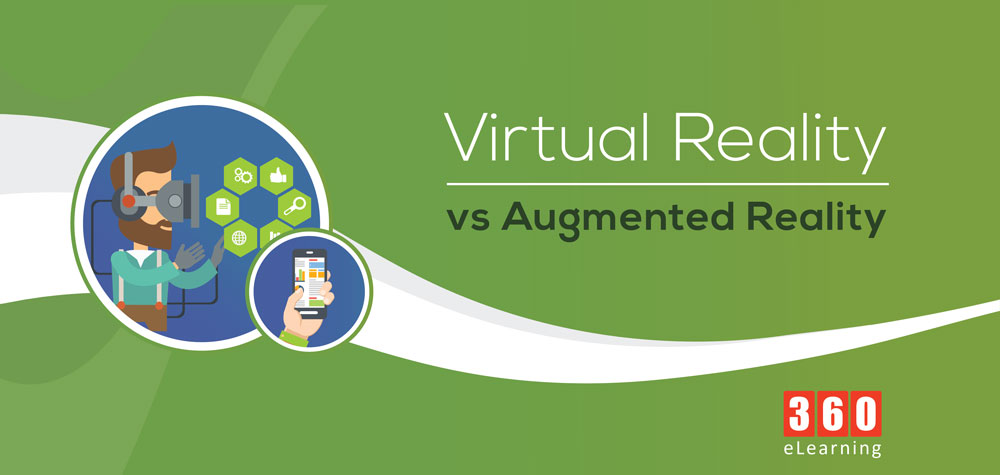These days, one of the biggest debate in the world is the difference between virtual reality and augmented reality. Both are getting a lot of media attention and are promising tremendous growth. So what is the difference between virtual reality vs. augmented reality? Following article will explain it.
What is Virtual Reality?
Virtual reality (VR) is an artificial, computer-generated simulation or recreation of a real life environment or situation. It immerses the user by making them feel like they are experiencing the simulated reality firsthand, primarily by stimulating their vision and hearing.
VR is defined by Degrees of Freedom (also known as “DOF”), AKA the number of ways you can move around & interact with your virtual environment.
VR is typically achieved by wearing a headset like Facebook’s Oculus equipped with the technology, and is used prominently in two different ways:
- To create and enhance an imaginary reality for gaming, entertainment, and play (Such as video and computer games, or 3D movies, head mounted display).
- To enhance training and learning for real life environments by creating a simulation of reality where people can practice beforehand (Such as flight simulators for pilots).
Virtual reality is possible through a coding language known as VRML (Virtual Reality Modeling Language) which can be used to create a series of images, and specify what types of interactions are possible for them.
Virtual Reality Devices:
- Sony PlayStation VR
- HTC Vive
- Oculus Rift
- Google Daydream View
- Samsung Gear VR
Virtual Reality Apps:
- YouTube
- Google Cardboard
- VRSE
- NYT VR
- Seene
Virtual Reality Example:
What is Augmented Reality?
Augmented reality (AR) is a technology that layers computer-generated enhancements atop an existing reality in order to make it more meaningful through the ability to interact with it. AR is developed into apps and used on mobile devices to blend digital components into the real world in such a way that they enhance one another, but can also be told apart easily.
Wikipedia tells us that “AR is a live direct or indirect view of a physical, real-world environment whose elements are augmented (or supplemented) by computer-generated sensory input such as sound, video, graphics or GPS data”. The key here is real-time interaction, you can overlay computer graphics onto the real world, and connect with them simultaneously.
Virtual Reality involves totally immersing yourself into a virtual world where everything you see is computer generated. Augmented Reality is like its name. Reality is still there, but it is augmented. Two of the most discussed Augmented Reality systems today are cars and mobile phones.
Augmented Reality Devices:
- Microsoft Hololens
- Google Glass
- Vuzix AR3000
- NASA X-38 Display
Augmented Reality Apps:
- Holo
- Pokémon GO
- Ink Hunter
- Amikasa
- Google Translate
- Aurasma
Augmented Reality Example:


